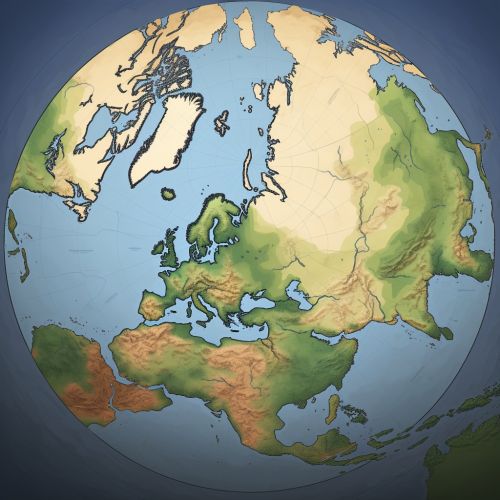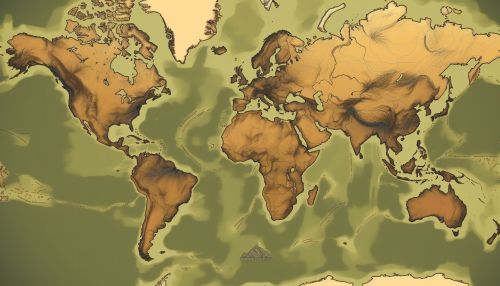Köppen climate classification
Overview
The Köppen climate classification is a widely used system for classifying the world's climates. It was first published by the German climatologist Wladimir Köppen in 1884, with several later modifications by Köppen himself, notably in 1918 and 1936. Later, the climatologist Rudolf Geiger introduced some changes to the classification system, which is sometimes called the Köppen–Geiger climate classification system.


The Köppen climate classification divides climates into five main climate groups, with each group being divided based on seasonal precipitation and temperature patterns. The five main groups are A (tropical), B (dry), C (temperate), D (continental), and E (polar). Each group and subgroup is represented by a letter. All climates are assigned a two- or three-letter code.
Main Climate Groups
A: Tropical climates
Tropical climates are characterized by constant high temperature (at sea level and low elevations) — all twelve months of the year have average temperatures of 18 °C (64.4 °F) or higher. They are subdivided into three types: tropical rainforest (Af), tropical monsoon (Am), and tropical wet and dry (Aw or As).
B: Dry climates
Dry (arid and semiarid) climates are characterized by little rain and a huge daily temperature range. Two subgroups: 'S' represents steppe (semi-arid), 'W' represents desert (arid). These are further divided using a second letter, either 'h' (hot) or 'k' (cold).
C: Temperate climates
Temperate climates have warm to hot (and often humid) summers and cool (not cold) winters. They are subdivided into two types: temperate oceanic (Cfb, Cfc, Cwb, Cwc) and temperate continental (Dfb, Dfc, Dwb, Dwc).
D: Continental climates
Continental climates have warm to cool summers and very cold winters. They are subdivided into two types: hot summer continental climates (Dfa, Dwa, Dsa) and severely continental climates (Dfd, Dwd, Dsd).
E: Polar climates
Polar climates are characterized by persistent cold and relatively narrow annual temperature ranges. They are subdivided into two types: tundra climate (ET) and ice cap climate (EF).
Subgroups
In addition to the main climate groups, there are also several subgroups defined by seasonal precipitation and temperature.
f: Fully humid
These climates do not have a dry season. The 'f' symbol is used with all five main climate groups.
m: Monsoon
These climates have a short dry season. The 'm' symbol is used only with the A (tropical) climate group.
w: Winter dry
These climates have a dry winter. The 'w' symbol is used with the A, C, and D climate groups.
s: Summer dry
These climates have a dry summer. The 's' symbol is used with the C and D climate groups.
h: Hot arid
These climates are hot year-round. The 'h' symbol is used only with the B (dry) climate group.
k: Cold arid
These climates are cold year-round. The 'k' symbol is used only with the B (dry) climate group.
Use and Applications
The Köppen climate classification is used in a wide variety of fields including biology, geography, and climatology. It is also used in the study of climate change and its impacts on ecosystems and human societies. It provides a useful framework for understanding the distribution of climate types around the world.
